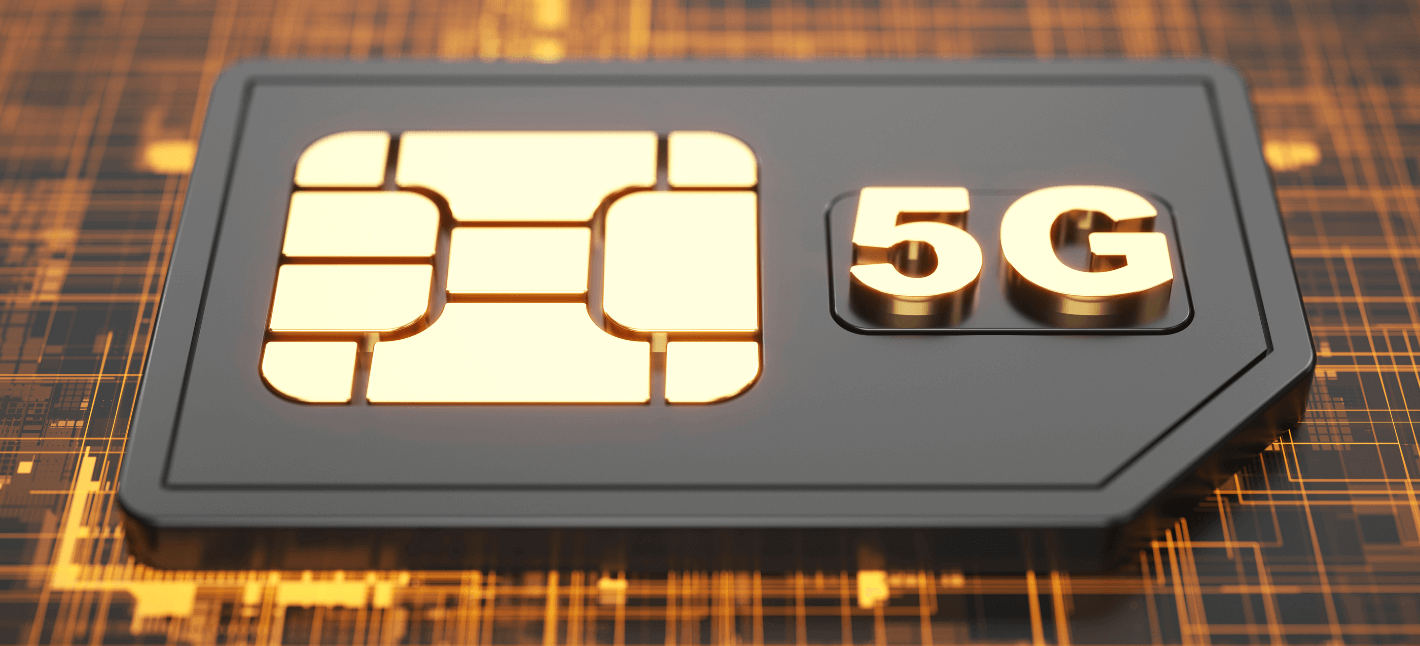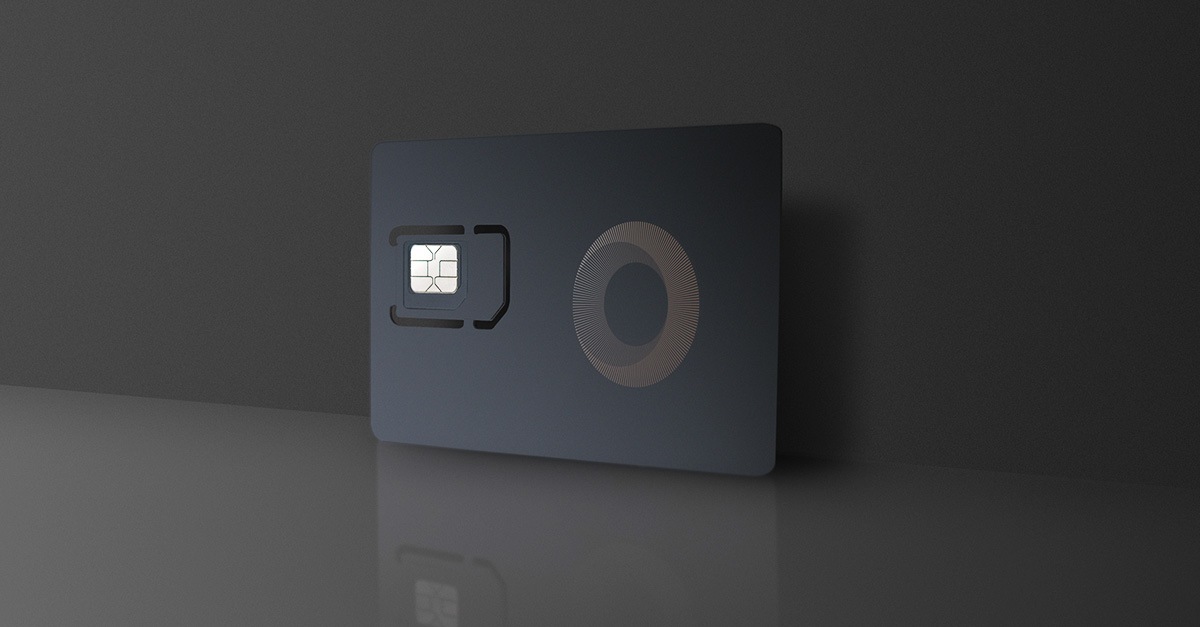Web Connectivity In IoT SIM Card Solutions for IoT Connectivity
Nb-IoT Connectivity Infrastructure and Connectivity for IoT Devices
In the realm of Internet of Things (IoT) connectivity, 4G and 5G represent two distinct eras, each offering unique features that cater to varying application demands. One of probably the most important variations lies within the pace of information transmission. 5G expertise boasts extremely high data rates, often reaching up to 10 Gbps in best circumstances. In contrast, 4G networks often deliver speeds around one hundred Mbps to 1 Gbps, which could be limiting for sure IoT purposes that require speedy knowledge trade.
Latency is another critical differentiator. 5G networks promise ultra-low latency, typically in the range of 1 millisecond. This is a drastic improvement over 4G, which has a latency vary of 30 to 50 milliseconds. For functions corresponding to autonomous autos or distant surgery, where real-time data switch is crucial, the low latency of 5G is invaluable.
The number of units that can be related to a network also diverges considerably between 4G and 5G. 4G can assist round 2,000 units per square kilometer (IoT Connectivity Control). However, 5G expertise can accommodate up to a million units in the same area. This functionality is significant because the number of related IoT gadgets continues to surge, necessitating a network that may efficiently handle the elevated demand.
Nb-IoT Connectivity Benefits and Use Cases of IoT Connectivity Technologies
Energy efficiency is another area the place 5G holds a bonus. IoT devices powered by 5G can function at decrease energy ranges, extending battery life and reducing costs associated to energy consumption. While 4G networks are moderately efficient, the advancements in 5G expertise enable more optimized knowledge transmission strategies suited to battery-operated devices.
The architecture of 5G networks also differs from that of 4G. 5G employs a extra flexible, software-defined network model that enables for network slicing. This means particular parts of the network may be tailored to meet the necessities of various purposes, whether they demand excessive speed, low latency, or expansive protection. In distinction, 4G networks typically offer a one-size-fits-all approach, which limits their adaptability.

Security is a paramount concern in IoT connectivity, and 5G networks are designed with enhanced safety protocols. This consists of improved encryption and authentication mechanisms, which protect knowledge as it travels between devices and servers. While 4G does provide some degree of safety, the developments in 5G present a more sturdy framework to safeguard delicate info in an increasingly interconnected world.
Coverage space is another space of distinction. While 4G networks have established broad coverage, 5G networks are nonetheless being deployed and should have less extensive reach in sure geographic locations. However, the evolution of 5G is anticipated to quickly expand coverage over time - IoT Connectivity Managementplatform. Additionally, 5G's capability to work more effectively in dense urban areas signifies its potential to alleviate network congestion.
Long Range IoT Connectivity What Does IoT Connectivity Look Like?
Interference management also showcases differences between the 2 technologies. 5G employs advanced technologies like beamforming, which directs alerts towards particular gadgets somewhat than broadcasting them broadly. This results in higher sign power and high quality, particularly in crowded environments. Conversely, 4G's broader broadcasting can typically wrestle in densely populated areas, resulting in sign interference.

The forms of purposes suited for 4G versus 5G networks additional illustrate their differences. 4G is sufficient for typical mobile functions like streaming videos or social media. In distinction, 5G is more suited to complex, low-latency duties, such as telemedicine, distant monitoring in healthcare, and smart cities, where real-time information processing is critical.
Cost implications Web Site additionally differ between 4G and 5G implementations. While 4G networks have been established for years and the infrastructure costs are comparatively stable, the initial funding for 5G technology may be significantly greater. These prices are associated with new base stations, hardware, and the transition interval required for network upgrades. However, the long-term advantages of 5G, such as operational effectivity and enhanced capabilities, could justify these initial bills.
IoT Global Connectivity Comprehensive Guide to IoT Connectivity Technologies
When looking into future potential, 5G networks are designed with scalability in mind. This progress functionality stands in stark distinction to 4G, which may face limitations as the variety of linked gadgets skyrockets. The flexible and adaptive nature of 5G suggests that it can accommodate progressive functions arising from developments in AI and machine learning, paving the way for a more interconnected ecosystem.

In conclusion, the variations between 4G and 5G IoT connectivity are profound. From pace and latency to scalability and energy efficiency, every expertise caters to distinct needs within an ever-growing digital panorama. While 4G has been a strong foundation for IoT functions, the improved capabilities of 5G technology are set to revolutionize how gadgets talk, making it an essential participant in the method forward for connectivity. Recognizing these variations might help businesses and builders strategically approach their IoT deployments, guaranteeing they leverage the suitable technology to fulfill their aims.
- 5G IoT connectivity offers considerably larger knowledge transfer charges in comparison with 4G, enabling sooner communication for units.
- The latency in 5G is drastically decreased, permitting for near real-time knowledge exchange, which is essential for applications like autonomous vehicles.
- 4G networks have restricted device density capabilities, while 5G can help millions of units per square kilometer, enhancing scalability for IoT options.
- 5G employs superior technologies similar to beamforming and community slicing, which optimize network efficiency for specific IoT functions.
- The power effectivity in 5G networks is improved, facilitating longer battery life for IoT devices, which is important for remote and cellular utilization.
- 4G primarily focuses on mobile broadband, whereas 5G permits enhanced machine-type communications, catering specifically to IoT needs.
- 5G supplies enhanced reliability and security features, which are essential for critical IoT functions in healthcare and industrial automation.
- The structure of 5G allows for edge computing, minimizing information latency by processing information nearer to the place it's generated, unlike 4G.
- 4G networks face congestion points with increased users, whereas 5G’s superior infrastructure mitigates this problem, offering higher user experience.
- 5G’s flexibility in deployment and help for various use circumstances makes it more adept at adapting to numerous IoT environments in comparison with 4G.undefinedWhat are the primary technological variations between 4G and 5G for IoT connectivity?undefined4G technology relies on LTE structure and primarily focuses on cell broadband. In distinction, 5G is designed for higher efficiency with decrease latency, enhanced capability, and improved reliability, enabling a larger variety of gadgets to attach simultaneously.
IoT Connectivity Issues Management of IoT Connectivity
How does the latency differ between 4G and 5G?undefinedLatency in 4G networks typically ranges from 30 to 50 milliseconds, whereas 5G latency can be reduced to as low as 1 millisecond. This decreased latency enhances real-time responsiveness for IoT purposes like autonomous automobiles and remote medical procedures.
What is the difference in network capacity between 4G and 5G?undefined4G networks can help hundreds of related units per square kilometer. 5G significantly increases this capacity, accommodating up to one million devices per sq. kilometer, making it best for densely populated areas and quite a few IoT purposes. Connectivity Of IoT.
How do energy efficiency ranges examine between 4G his explanation and 5G for IoT devices?undefined5G technology improves energy efficiency due to its advanced options like network slicing and energy-saving sleep modes. This permits IoT gadgets to operate longer on battery with out compromising efficiency, which is crucial for distant sensors and devices within the field.

Can 5G assist extra IoT functions than 4G?undefinedYes, 5G's enhanced pace, capability, and decrease latency enable it to assist various IoT applications that require real-time data processing, such as smart cities, industrial automation, and connected healthcare, all of which may be challenging on 4G.
IoT Connectivity Sim Survey on IoT Connectivity Technologies and Applications
What are the implications of those differences for businesses using IoT?undefinedBusinesses leveraging IoT can anticipate elevated efficiency and better performance with 5G due to its capacity to assist a bigger number of devices and applications, resulting in improved operational capabilities, lowered costs, and enhanced customer experiences.
Will transitioning from 4G to 5G be mandatory for IoT devices?undefinedWhile 4G will continue to perform for the foreseeable future, the transition to 5G will present important advantages. Businesses and industries aiming for high efficiency and scalability of their IoT purposes should consider upgrading when possible.
Vodafone Managed IoT Connectivity Platform Consolidation of IoT Connectivity
How does 5G improve safety for IoT devices in comparability with 4G?undefined5G networks incorporate advanced safety protocols and built-in encryption methods, enhancing data integrity and confidentiality. This heightened security is essential because the number of linked IoT units continues to grow, mitigating potential vulnerabilities.
What is the fee impact of adopting 5G for IoT connectivity compared to 4G?undefinedWhile the initial setup and infrastructure prices for 5G can be larger, the long-term benefits embody enhanced performance, decreased operational costs, and doubtlessly lower maintenance prices. Businesses may discover that the investment pays off via improved effectivity and new revenue alternatives.